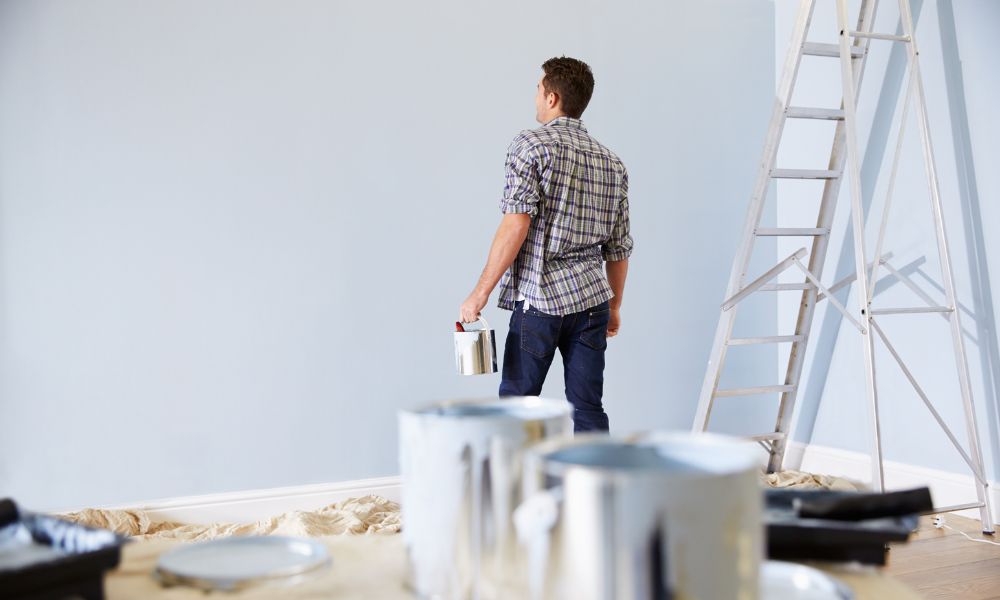
Applying a fresh coat of paint to your space does more than just add a pop of color. It also changes how your room looks and feels, creating certain ambiances and embodying various aesthetic appeals. You need to optimize your paint application to ensure your paint transformation leaves you with the look and atmosphere you desire.
If you plan to paint without professional aid, implementing some best practices in your painting process ensures high-quality results. One of those best practices is using a primer. Although many see primers as an extra task and time sink, priming your walls offers numerous benefits. Here are three different occasions when you should use a primer on your walls and a few reasons why you shouldn’t skip this prep step.
In Humid Rooms
Bathrooms and kitchens generate a lot of additional humidity. They produce steam and high temperatures, creating muggy environments. The damp and warm interior that humid rooms create encourages mold and mildew growth.
When painting a bathroom or kitchen, using a primer creates a protective barrier and sealant that blocks mold and mildew from growing on the walls. It fills and smoothens the wall’s surface, keeping it free from being a damp hot spot and mold breeding ground. Plus, primers adhere to paint well, ensuring that any fresh coats you apply stick to the wall and don’t peel due to the high moisture levels.
With Drywall Surfaces
Paint possesses liquid properties, making it struggle on absorbent materials. Compared to other material textures, porous surfaces absorb the paint most, creating faded and splotchy final results. One of the most common building materials found in homes, drywall, consists of a porous surface, making it a challenging canvas to paint.
There are numerous reasons why you should prime your drywall, but the main contributing factor is its porous surface structure. Using a primer seals the pores and minimizes paint absorption, which helps you achieve a clean final result.
On Stained and Patched Walls
Life’s daily messes often leave a trail of scars behind. Covering up those imperfections requires added work. Although it would be nice to paint over your wall’s flaws with one quick coat, stains and patches like to bleed through fresh paint, affecting the final look.
Adding a primer between the wall and your paint stops the stains and patches from shadowing the new coat. It also seals them, creating a smooth and neutral canvas for your new paint to work on.
Using a primer offers numerous benefits, from sealing surfaces to creating protective barriers. You should always use a primer when painting your space to see optimal results. However, it’s not the end of the world if you skip primer on certain surfaces. Just make sure you use a primer in these three scenarios to save yourself time and money.






